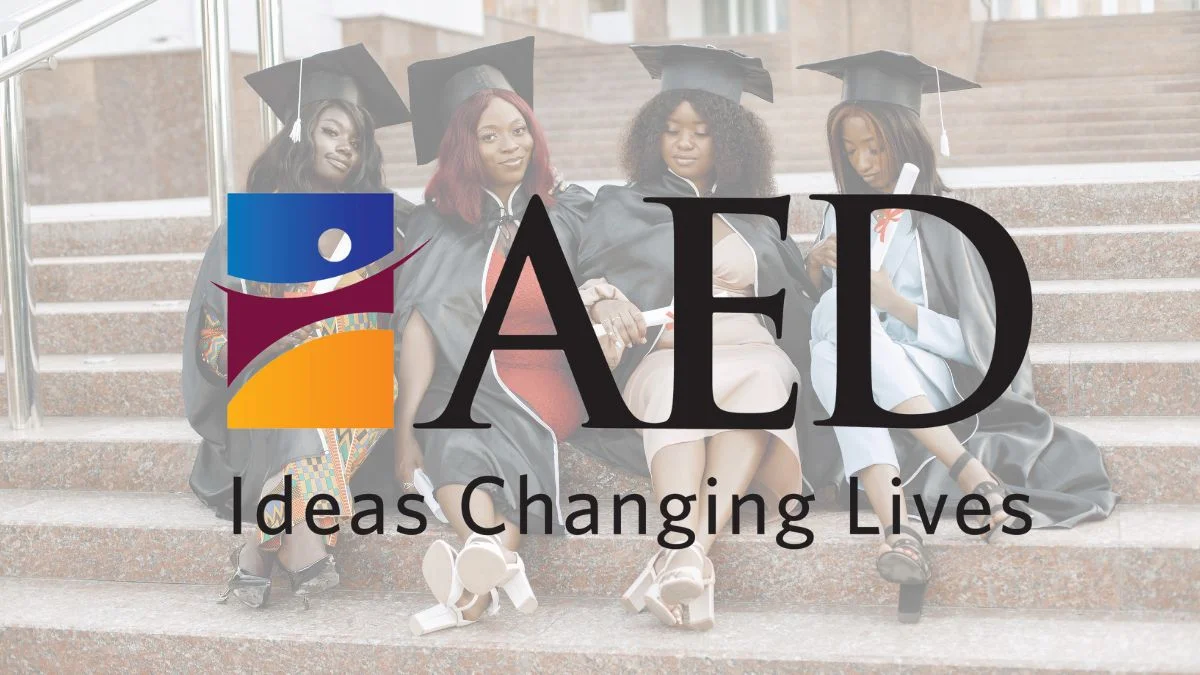The Academy for Educational Development (AED), a 501(c)(3) nonprofit organization, stood as a beacon of progress and development from its founding in 1961 until its closure in 2011. Focused on education, health, and economic development, AED’s mission was to uplift the least advantaged populations in the United States and developing countries worldwide. Over its five-decade existence, AED operated more than 250 programs across the U.S. and in 150 other countries, leaving a lasting legacy of positive change and development.
Founding and Early Years
Academy for Educational Development (AED) was established in 1961 by Alvin C. Eurich and Sidney Tickton. Initially, the organization aimed to provide technical assistance related to higher education management within the United States. This early focus reflected a growing recognition of the need for systematic improvements in educational administration and instructional practices during a period of significant social and economic change.
Expansion and Diversification
As Academy for Educational Development (AED) grew, it expanded its focus to include a wide range of activities beyond higher education management. The organization ventured into instructional technology, education reform, and civil society support, both domestically and internationally. This diversification was driven by an understanding that education and development are multifaceted issues requiring comprehensive and adaptable solutions.
In the realm of health, Academy for Educational Development (AED) made significant strides in promoting wellness in developing countries through environmental communication, social marketing, and other innovative disciplines. By integrating health promotion with educational initiatives, AED sought to address the interconnected challenges that affect underserved populations.
Global Reach and Impact
AED’s reach extended to 167 countries, where it implemented over 250 programs designed to enhance education, health, and economic opportunities. These programs were tailored to meet the unique needs of each community, ensuring that interventions were culturally relevant and sustainable. AED’s global footprint was a testament to its ability to adapt and respond to diverse development challenges.
The organization’s efforts were grouped into five main program areas: global health, population, and nutrition; global learning; leadership and institutional development; social change; and U.S. education and workforce development. Each of these program areas housed between four and seven centers, each focusing on specific aspects of development.
Global Health, Population, and Nutrition
In the area of global health, Academy for Educational Development (AED) worked to improve health outcomes by addressing issues such as maternal and child health, infectious diseases, and nutrition. Programs were designed to promote healthy behaviors, improve access to healthcare services, and strengthen health systems. AED’s work in this area was marked by its use of social marketing and environmental communication to encourage positive health behaviors.
Global Learning
AED’s global learning initiatives aimed to enhance educational opportunities for individuals in developing countries. This included efforts to improve the quality of education, increase access to educational resources, and support educational reforms. By focusing on capacity building and the development of innovative instructional technologies, Academy for Educational Development (AED) sought to create sustainable improvements in educational systems.

Leadership and Institutional Development
Recognizing the importance of strong leadership and institutions in driving development, AED invested in programs that built the capacity of organizations and individuals. This included leadership training, organizational development, and support for institutional reforms. By empowering leaders and institutions, Academy for Educational Development (AED) aimed to create an enabling environment for sustainable development.
Social Change
AED’s social change programs focused on promoting positive social behaviors and supporting civil society initiatives. These programs addressed issues such as gender equality, civic engagement, and community development. By fostering an environment where individuals and communities could actively participate in their own development, Academy for Educational Development (AED) contributed to the creation of more inclusive and resilient societies.
U.S. Education and Workforce Development
In the United States, Academy for Educational Development worked to improve educational outcomes and support workforce development. This included initiatives aimed at enhancing the quality of education, increasing access to educational opportunities, and supporting career development. AED’s work in this area was characterized by its emphasis on equity and inclusion, ensuring that all individuals had the opportunity to succeed.
Partnerships and Collaborations
AED’s success was built on its ability to forge strong partnerships and collaborations with a wide range of stakeholders. The organization was a member of the U.S. Global Leadership Coalition and worked closely with government agencies, non-governmental organizations, private sector partners, and community groups. These partnerships enabled Academy for Educational Development (AED) to leverage resources, share knowledge, and maximize the impact of its programs.
One notable example of AED’s collaborative approach was its partnership with the New York City Department of Education. Academy for Educational Development was one of six partnership support organizations chosen to provide technical assistance to New York City public schools. This collaboration involved working with schools to improve educational practices, support student achievement, and foster a positive learning environment.
Legacy and Impact
Throughout its 50-year history, Academy for Educational Development made significant contributions to the fields of education, health, and economic development. Its programs improved the lives of millions of individuals, providing them with the knowledge, skills, and opportunities needed to achieve their full potential. AED’s legacy is reflected in the countless success stories of individuals and communities that benefited from its interventions.
Despite its closure in 2011, the impact of AED’s work continues to be felt. Many of the programs and initiatives it pioneered have been adopted and adapted by other organizations, ensuring that AED’s vision of a better world lives on. The organization’s commitment to innovation, collaboration, and sustainability serves as a model for development efforts around the globe.
Conclusion: Academy for Educational Development
The Academy for Educational Development (AED) was more than just a nonprofit organization; it was a catalyst for change and a beacon of hope for the least advantaged populations around the world. Through its comprehensive and innovative approach to education, health, and economic development, AED made a lasting impact on countless lives. Its legacy serves as a reminder of the power of education and development to transform individuals, communities, and societies for the better.









